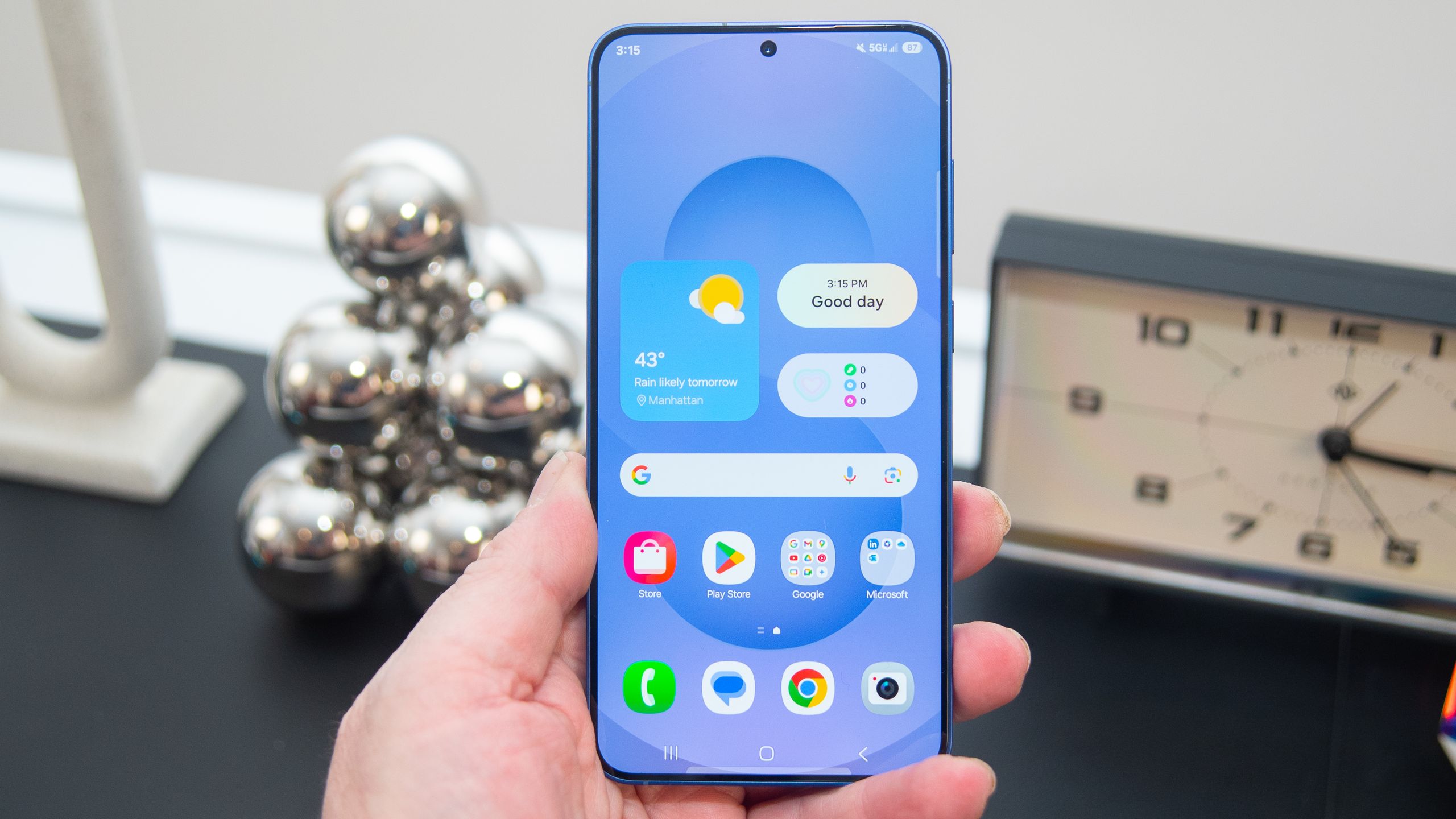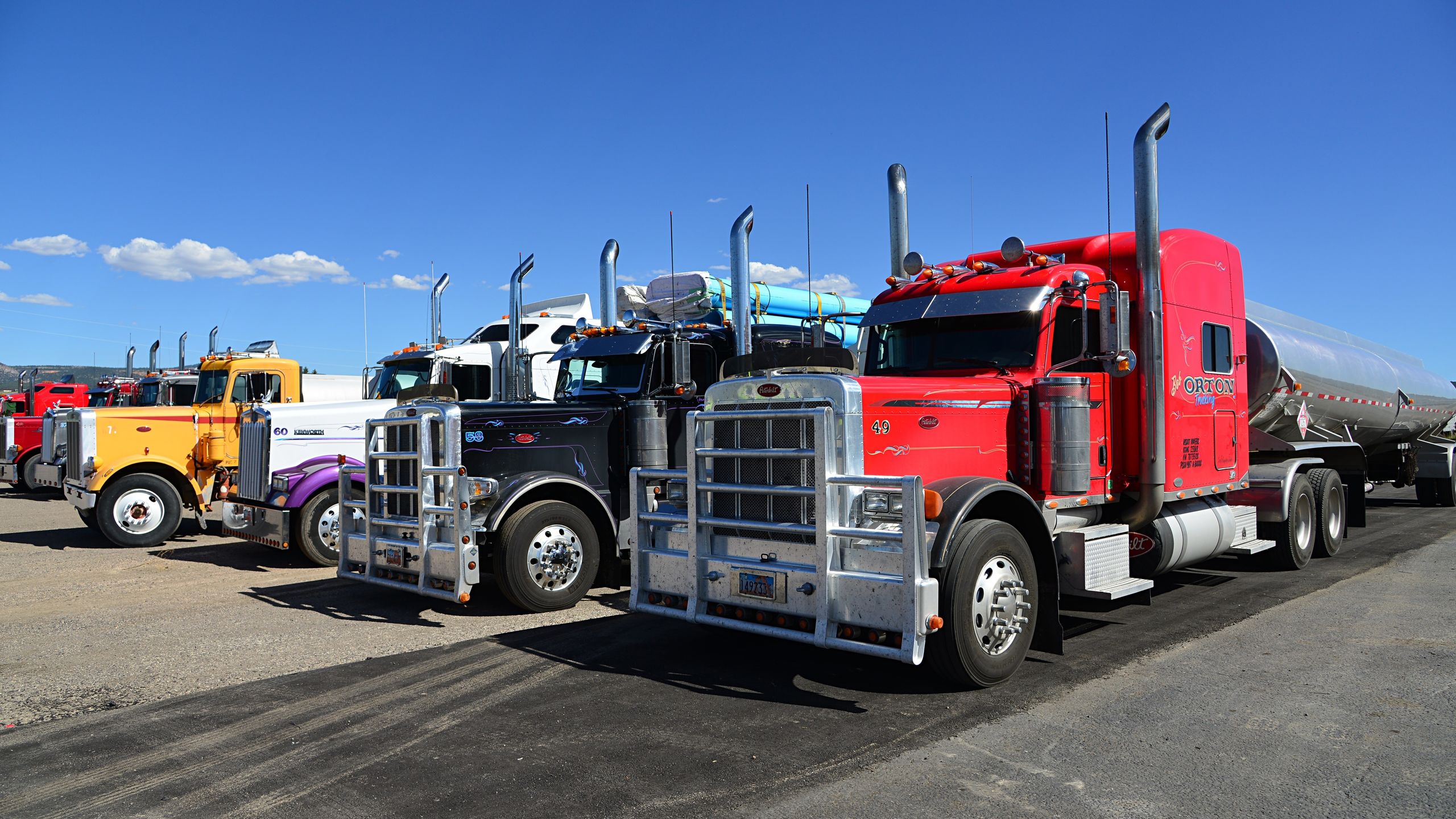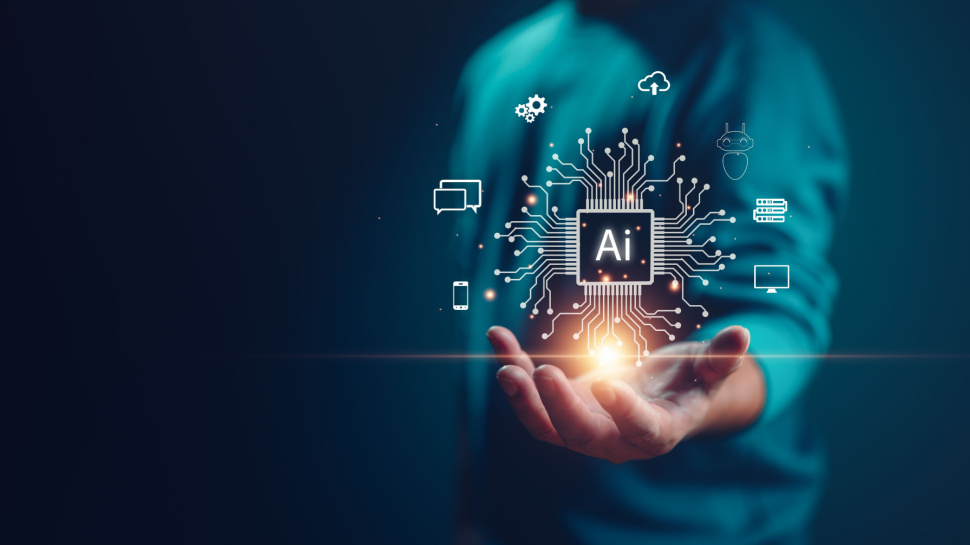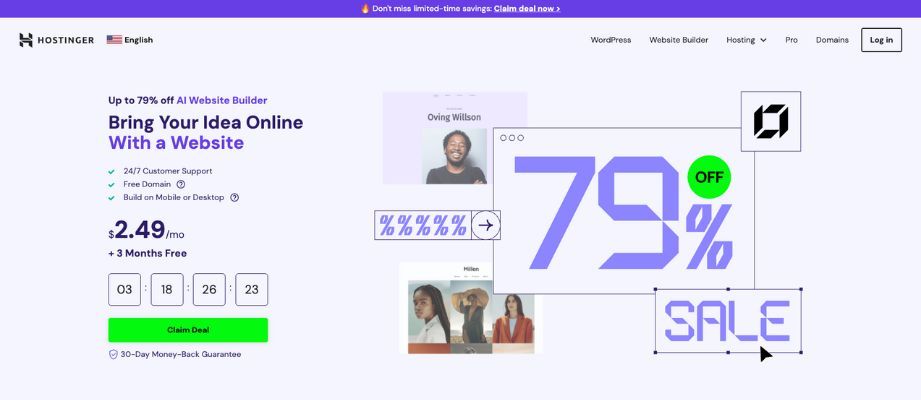
From Blackboards to XR Boards
The typical classroom setup—chalkboards, desks, and textbooks—is quickly changing. As we embrace 2025, mixed reality in classrooms is no longer science fiction. Instead, it’s a cutting-edge reality transforming how students learn, interact, and understand the world.
Mixed Reality (MR), a combination of real-world and digital experiences, and its umbrella term Extended Reality (XR), which covers Augmented Reality (AR) and Virtual Reality (VR), assist students in delving deeper into information. Imagine learning anatomy by holding a 3D holographic heart or visiting the Egyptian pyramids without leaving your chair. That is the impact of XR in education.
What is Mixed Reality in Classrooms?
Mixed Reality combines physical and digital elements. Unlike pure VR (which replaces the real world) or AR (which overlays data on reality), MR lets students interact with 3D digital objects in their physical environment.
XR Tools Explained:
- Virtual Reality (VR): Fully immersive digital worlds. E.g., exploring a historical battlefield.
- Augmented Reality (AR): It incorporates digital layers into the real world. E.g., a 3D model of a volcano appearing on a tablet.
- Mixed Reality (MR): Students can move, manipulate, and engage with digital objects in real-time physical space.
These innovations are not just intriguing, but also changing student engagement, retention, and individualized learning.
How Mixed Reality is Transforming Classrooms
1. 🌍 Virtual Field Trips
Using apps like Google Expeditions and ClassVR, teachers take students to global landmarks, outer space, or inside a cell—virtually.
📽️ Watch: Google Expeditions Demo – Virtual Reality in Education
2. 🧪 Interactive Science Labs
Platforms like zSpace allow students to dissect virtual frogs or conduct chemistry experiments without any physical risk. This boosts confidence and allows for free trials.
📽️ Watch: zSpace in the Classroom – Mixed Reality STEM Learning
3. 🏛️ Immersive History Lessons
Tools such as TimeLooper recreate historical events, letting students witness the D-Day landing or Gandhi’s Salt March in 360°—making history emotionally resonant and memorable.
4. 👩⚕️ Medical and Vocational Training
Medical students can now simulate surgeries with Microsoft HoloLens, while engineering students practice real-time repairs on virtual machines.
5. 🧠 Neurodiverse and Inclusive Learning
XR allows customization for students with ADHD, dyslexia, or autism by tailoring content delivery, helping them learn at their own pace in sensory-friendly formats.
Benefits of Mixed Reality in Classrooms
✅ Enhanced Engagement
XR turns passive learners into active explorers, increasing attention spans and enthusiasm.
✅ Experiential Learning
Abstract concepts become tangible—students understand better when they see and manipulate.
✅ Safe and Repeatable Practice
Whether it’s a science experiment or a flight simulation, XR enables risk-free learning.
✅ Inclusive and Personalized
Mixed reality adjusts to different learning styles and needs—visual, auditory, or kinesthetic.
✅ Collaboration and Creativity
Students can collaborate in virtual worlds, building models or solving problems together.
Popular XR Tools in 2025
| XR Tool | Purpose | Link |
| zSpace | STEM simulations and 3D interaction | zspace.com |
| CoSpaces Edu | Student-created VR/AR experiences | cospaces.io |
| Merge EDU | AR for hands-on science and math | mergeedu.com |
| Microsoft HoloLens 2 | Mixed reality headset for training & learning | hololens.com |
| TimeLooper | VR history immersion | timelooper.com |
Challenges and Concerns
❌ High Cost and Accessibility
Not all schools can afford XR headsets or high-end devices. Cost remains a barrier, especially in under-resourced regions.
❌ Training for Teachers
Many educators are unfamiliar with XR technology and need time and support to implement it effectively.
❌ Data Privacy
Student data security becomes a concern when using cloud-based XR platforms.
❌ Content Alignment
Some XR tools aren’t curriculum-aligned or age-appropriate. Schools must carefully vet educational content.
Government & Industry Support in 2025
Governments and EdTech giants are investing heavily in XR education. India’s NEP 2020 emphasizes experiential and tech-driven learning, leading to the growing adoption of AR/VR labs in CBSE and ICSE schools.
The World Economic Forum and UNESCO have also highlighted XR as a key component in making education more inclusive and effective.
📖 Read: WEF – XR for a Resilient Education System
The Future of Mixed Reality in Classrooms
By 2030, experts predict that over 70% of schools worldwide will incorporate some form of XR. As hardware becomes more affordable and content becomes localized and curriculum-integrated, mixed reality in classrooms will become as common as projectors once were.
The future is more than just digital; it’s immersive, interactive, and fundamentally human-centered.
A New Era of Learning
Mixed reality in the classroom is more than simply a flashy gadget trend. It’s a powerful educational evolution that brings learning to life. By blending the real and the virtual, it allows students to understand more deeply, explore more broadly, and engage more meaningfully.
As we move forward in 2025 and beyond, XR tools will play a crucial role in making education more accessible, immersive, and impactful.
Find more edutech articles and news on this website













